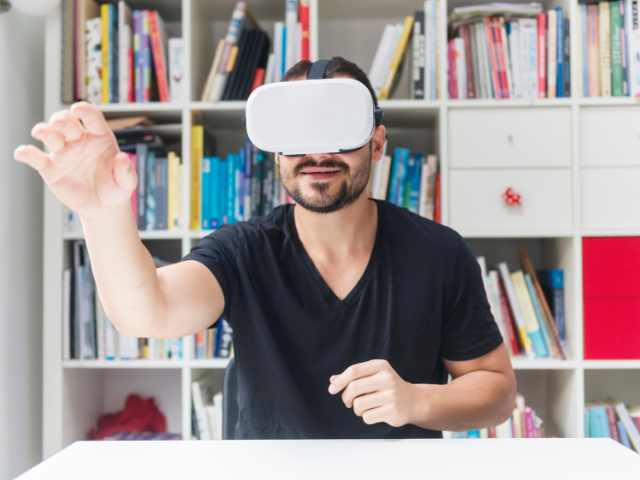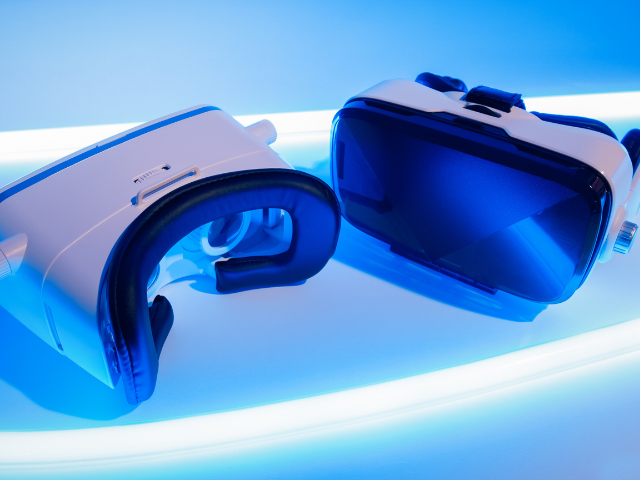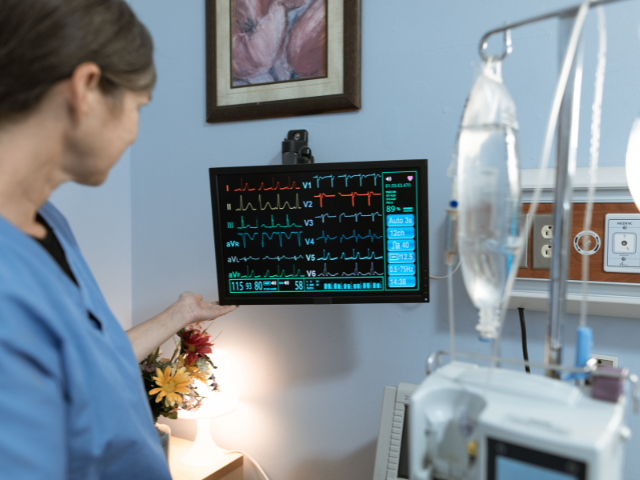History of Virtual Reality
Filmmaker and inventor Morton Heilig created what is considered “one of the earliest functioning efforts” of VR — the Sensorama Simulator — in 1962. This set the foundation for Ivan Sutherland, a professor at the University of Utah, to create “The Sword of Damocles,” a VR and augmented reality headset,” six years later with his student Bob Sproull.
Since then, VR has been coopted for use in the video gaming industry (think Sega and Nintendo), space exploration, and education.
Real-Life Implementation
Students in the University of Cincinnati’s Accelerated Direct-Entry Master of Science in Nursing program are already using immersive VR to further their skills — something the college has done off-and-on since 2018.
“If it didn’t work for the students, then I wouldn’t be as passionate about it, but the students like it,” Associate Professor Lori Catalano, PhD, RN, who teaches in the accelerated program, stated in a UC news release. “It gets them out of their seats and out from behind their computers and actively experiencing clinical scenarios in a safe, controlled environment.”
Through a partnership with an Ohio-based simulation software company, Catalano translates case studies into “simulated clinical experiences” that allow students to “interview, assess, diagnose, and treat patients that are physiologically responsive and medically accurate,” the release stated.
The program also gives students an opportunity to experience “high-risk, low frequency events” that they’re unlikely to experience in clinical rotations.
“We can’t depend on clinical rotations to give students hands-on experiences for everything they’re learning in class,” Catalano said. “With VR, we can design simulation experiences, and every single student gets to experience it as the nurse.”
Nuvance Health’s Danbury Hospital (Connecticut) and Vassar Brothers Medical Center (New York) also offer a VR pilot program.
“We expect VR simulation will go a long way in strengthening nurses’ ability to make clinical decisions, building confidence in their skills and expediting orientation time so that they can get to the bedside faster,” Jasper Tolarba, RN, CGNC, CNE, FACHE, FAAN, endowed chair of Nursing Practice, Education and Research, stated in a Nuvance Health LinkedIn post.
John Leopold, Nuvance Health’s director of simulation, stated in the same post that the hospital system has used VR for skills training in the past, but “scenario-based simulation” is becoming a reality.
“Simulation is the safest and most effective way to strengthen the skills nurses need to provide high-quality care, but resources and logistical constraints can limit the use of in-person sim,” Leopold stated.









